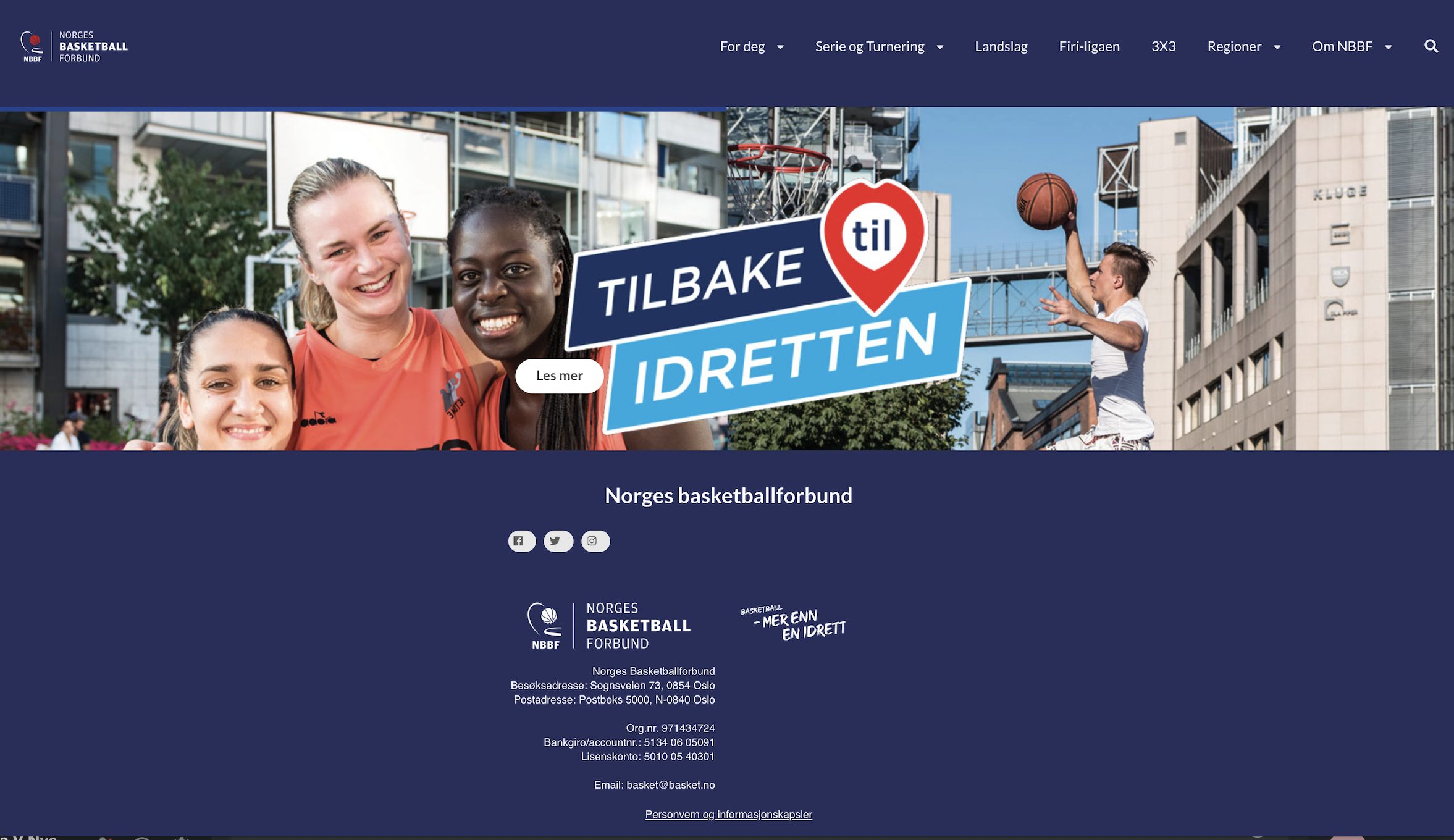Intuitive to make intuitive frameworks for intuitive UI
07 Oct 2021
Last week I was introduced to the software framework Semantic UI. Today, a week later, I know how to make a simple layout for a web page using intuitive classes and other easy-to-use features from the UI framework. Whenever I want to make a two-column grid container, I can just add the class “two column grid container” to my HTML-file. Thanks to Semantic UI the UI for my web pages will be consistent and intuitive, where other developers can maintain and further develop the HTML code base. The image shows one of my first wonderful and simple web sites using the Semantic UI framework! However, while most developers know how to write complex HTML-code, there exists tons of UI frameworks that many people are unfamiliar with. Learning and understanding the syntax, tooling and philosophy behind the functions of various frameworks could be time-demanding and might not be the best use of a developer’s time.
Visual and intuitive
The number of front-end developers is growing exponentially and using a consistent and maintainable framework could give potential benefits to yourself and the rest of the software community. For instance, when I was making one of my first web sites, I discovered that one of my dropdown-menus did not work as it should be. However, when all the elements in my HTML-file are divided into classes and components, it only took me a couple of seconds to find and understand what my error was by cross-checking the command with the thorough Semantic UI documentation. I would also like to think that most UI designers that develop front-end applications are experts in displaying data to users in a creative, intuitive and efficient way, and not necessarily “hackers” that wants to use time on deep diving into the raw HTML code base. Using an intuitive and visual UI framework for making intuitive web pages seems like the most intuitive way for a front-end developer to be working.
Effort versus results
There are a few factors to consider before we can devote all our affection and love to UI frameworks. As mentioned, it can take time to get into a new framework, and for smaller project where every component is unique, you might not feel the need to use a full-fledged framework. The “hottest UI framework” also tends to shift from year to year, making it even more difficult to keep up to date with the different, constantly changing documentation of each framework. For some developer’s frameworks can also feel restricting, where its design principles collide with your idea of how to develop a web page. In these cases, there might be a better idea to try implementing your UI from scratch. However, it is important to remember that software developers are known to be experts in learning new languages and easily adapt to different code bases. Isn’t it worth the small effort of learning the framework, when looking into the potential advantages in speed, maintainability and collaboration? I cannot speak for the other developers out there, however, I am head over heels with discovering the features of UI frameworks. I will for sure be watching some Twitter Bootstrap tutorials for the next couple of weeks! Thank you Semantic UI, next!